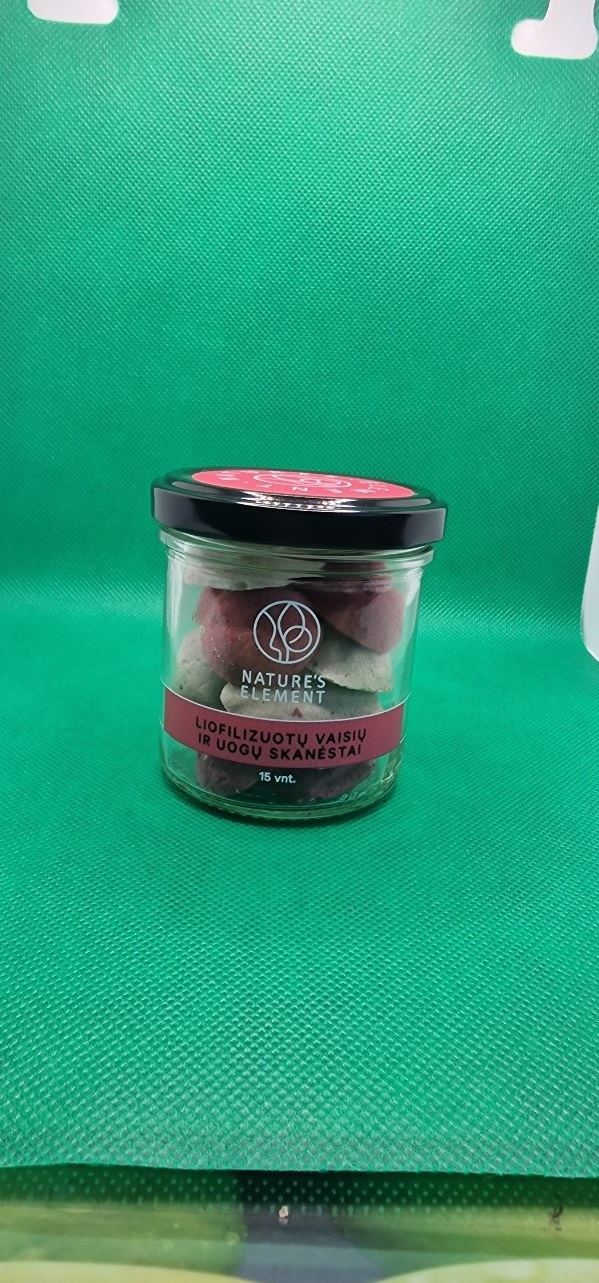
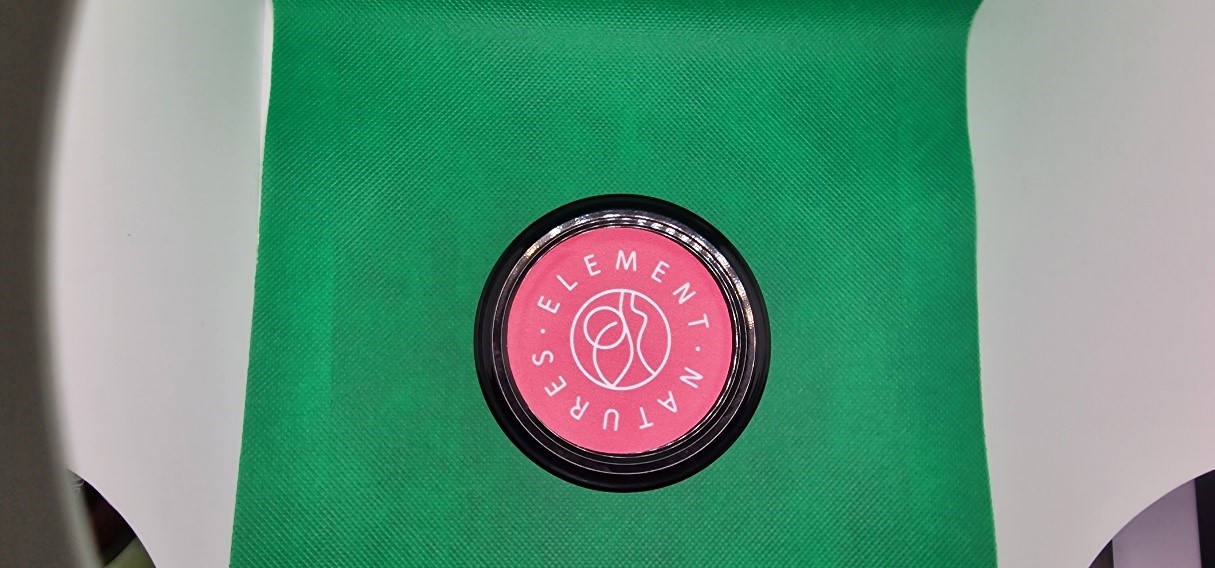


The berry genus Vaccinium includes around 400 species of shrubs and trees. Some well-known berries within this genus are blueberries, cranberries, and lingonberries. These berries are not only delicious but also offer health benefits due to their rich nutrient content. When these berries are processed (for fresh consumption or juice production), press residues (pomace) are generated. These pomace residues are acidic and have low calorific value. However, there’s significant untapped potential in these berry residues: berry seeds - contain polyunsaturated fatty acids, sterols, and terpenes; berry skins - contain waxes and lipids. Berries are also rich in phenolics and carbohydrates - these compounds also have promising applications. Berry pomace can be milled and used in fruit teas. One fascinating example involves berry-based candy, that aligns with health-conscious choices: rich in antioxidants and reduced sugar content compared to traditional candies - a delightful, guilt-free treat.
Blueberry candies are a popular type of confectionery that leverage the natural sweetness and flavor of blueberries. These candies come in various forms, including gummies, hard candies, chocolate-covered blueberries, and jelly beans. The use of blueberries in candies is appealing due to their vibrant color, natural sweetness, and the associated health benefits of blueberries, which are rich in antioxidants and vitamins.
The Lithuanian Research Centre for Agriculture and Forestry is a state research institute. The Centre’s strategic objective is to conduct R&D in the fields of agronomy and forestry and the related fields of ecology and environmental sciences, biology, biophysics, botany and zoology. In 2022, the Centre employed a total staff of 473, including 178 researchers and trained 67 doctoral students. Research, various scientific programmes and projects are carried out at the Centre. Researchers are involved in national (funded by the Lithuanian Research Council, Ministry of Environment, Ministry of Agriculture, Ministry of Economy and other state authorities) and international projects (funded from HORIZON EUROPE, HORIZON 2020, European Territorial Co-operation and other EU funds). The Centre conducts breeding programmes for major field and garden crops, pome, stone and berry fruit crops. More than 490 varieties of field, orchard and garden crops have been developed in the branches of the Centre since the beginning of plant breeding in Lithuania (1922). Many of them are successfully grown in Lithuania, neighbouring and other countries. The developed varieties are included in the Lithuanian National List of Plant Varieties and in the EU Common Catalogue of Varieties of Agricultural Plant Species.
Name:Aiste Balciunaitiene
Phone:
Address:Instituto av. 1, Akademija, LT-58344 Kėdainiai distr., LITHUANIA
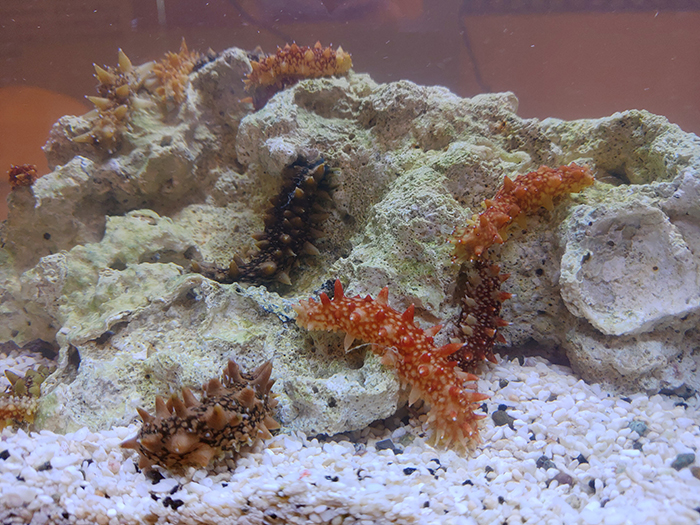
Blue Carbon Mixed Aquaculture: carbon storage, carbon fixation and cleaning farm pond substrate with aquaculture carbon sink blockchain technology.
Extraction Processes, commercial techniques and quality control standards for velvet antler from Formosan sambar deer
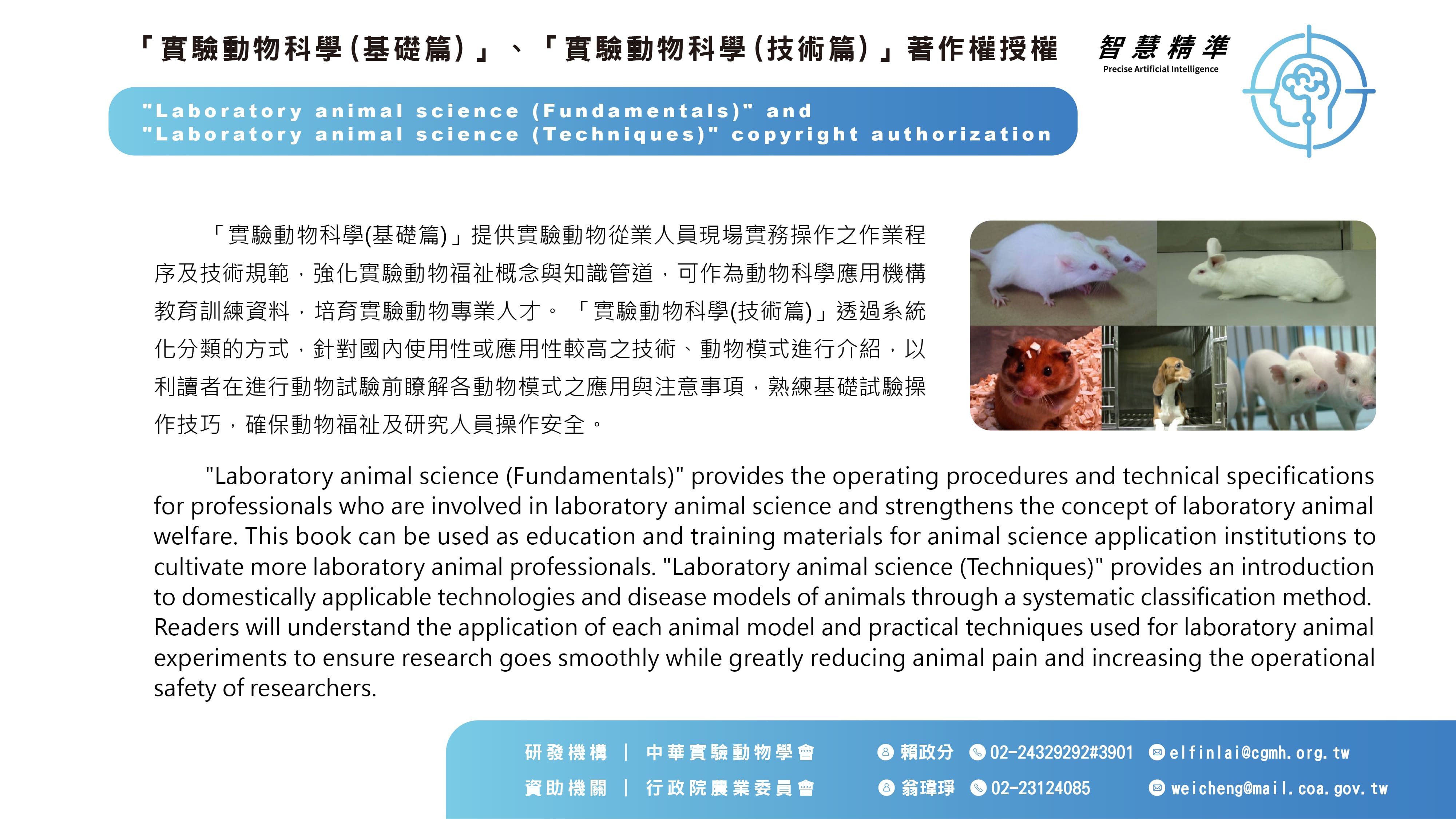
"Laboratory animal science (Fundamentals)", "Laboratory animal science (Techniques)" copyright authorization
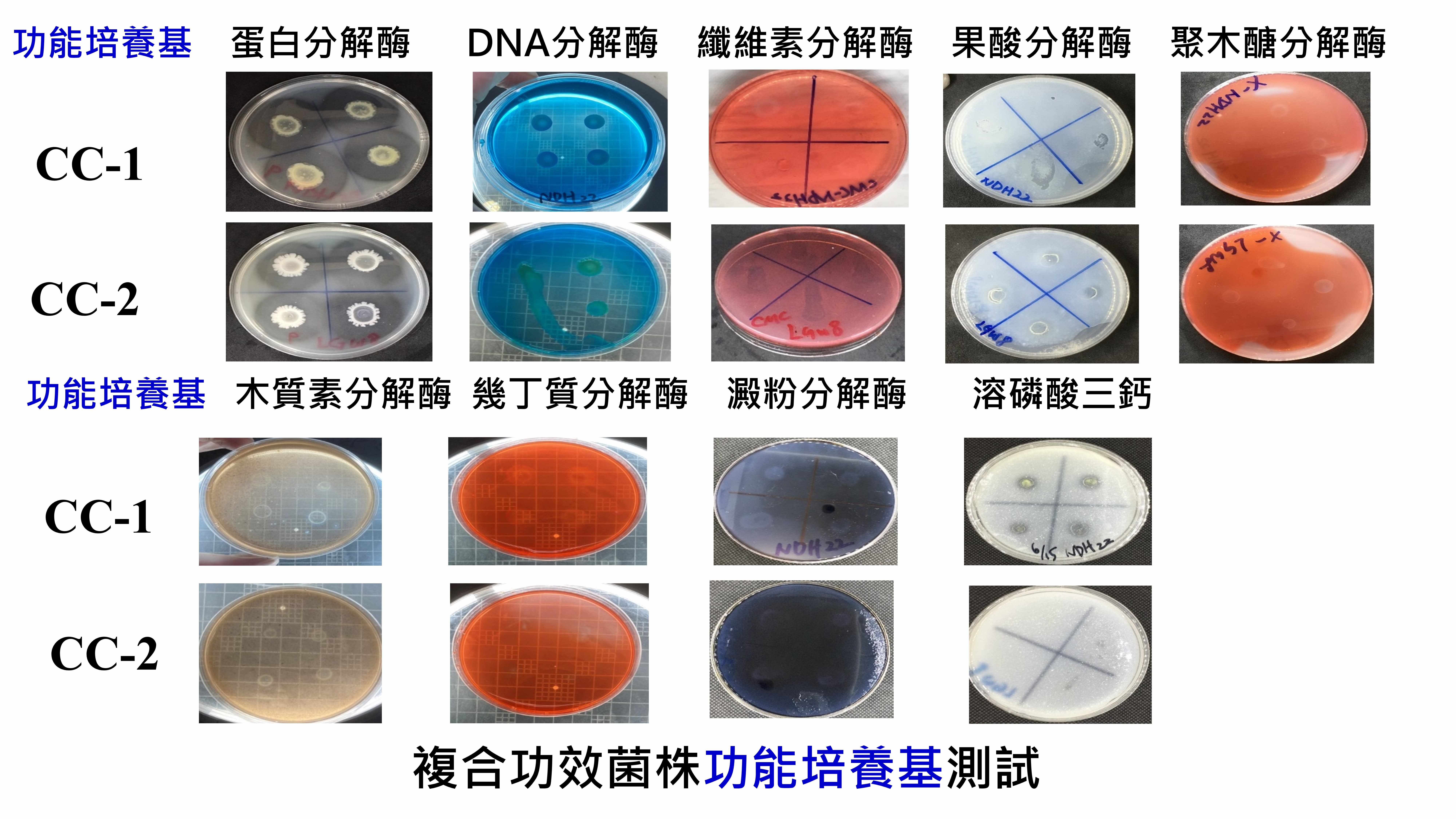
Development of innovative microbial fertilizer formulations for reducing heavy metal uptake and increasing yield in vegetables
Technology maturity:Mass production
Exhibiting purpose:Display of scientific results
Trading preferences:Negotiate by self
Coming soon!